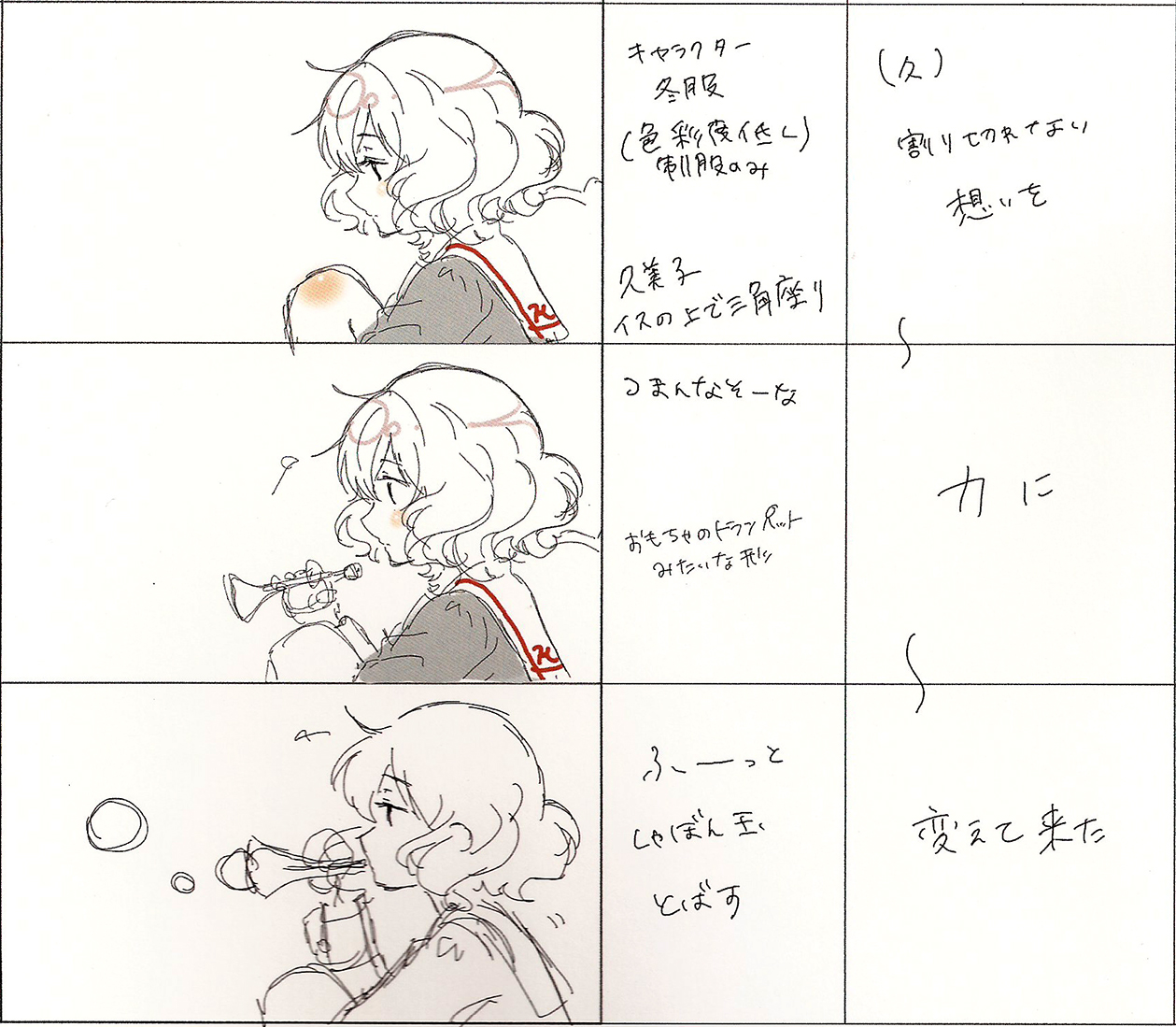

Multiple discrete potentials preceding the ventricular potential were observed on the MAP 15,16 electrodes and adjacent electrodes, suggesting an initial preferential conduction and a potential substrate of VF within the Purkinje network.

On the LV muscle activation map of the PVC, the E-PFE site was determined to be located relatively remote from the suspected breakout site ( Figure 2). By mapping with the PentaRay, we found discrete local electrograms with the earliest Purkinje fiber excitation (E-PFE) during the PVC preceding the QRS onset by 145 ms, where preceding PPs were also found during SBs ( Figures 2 and and3). The trigger PVC was diagnosed as originating from the Purkinje system at the border zone of an LV anterior infarction scar. Then broad and detailed distributions of PPs preceding the QRS during both the PVC and SBs were observed with voltage and activation maps, guided by an electroanatomic mapping system (CARTO 3, Biosense Webster Inc, Diamond Bar, CA). Using a catheter with 5 radiating splines with 10 pairs of 3F, 1-mm-tip and 2-mm center-to-center–spaced electrodes (PentaRay, Biosense Webster Inc, Diamond Bar, CA), local electrograms of the LV during sinus beats (SBs) and the PVCs could be recorded.

The coupling intervals of the PVCs were 398–407 ms. A 12-lead electrocardiogram of the trigger PVC exhibited a superior and left axis deviation, relatively sharp and narrow QRS, and a right bundle branch block–type configuration in the precordial leads suggesting a left ventricle (LV) origin ( Figure 1). We thus performed catheter ablation therapy targeting the PVCs under the support of percutaneous cardiopulmonary bypass. VF still occurred under medication with amiodarone and deep sedation supported by a mechanical ventilator. The patient developed an electrical storm, requiring 23 DC shocks. One week later, PVCs gradually increased and then repeatedly triggered VF. A 64-year-old man was admitted due to a recent myocardial infarction and underwent a successful percutaneous coronary intervention of the proximal portion of the left anterior descending coronary artery.


 0 kommentar(er)
0 kommentar(er)
